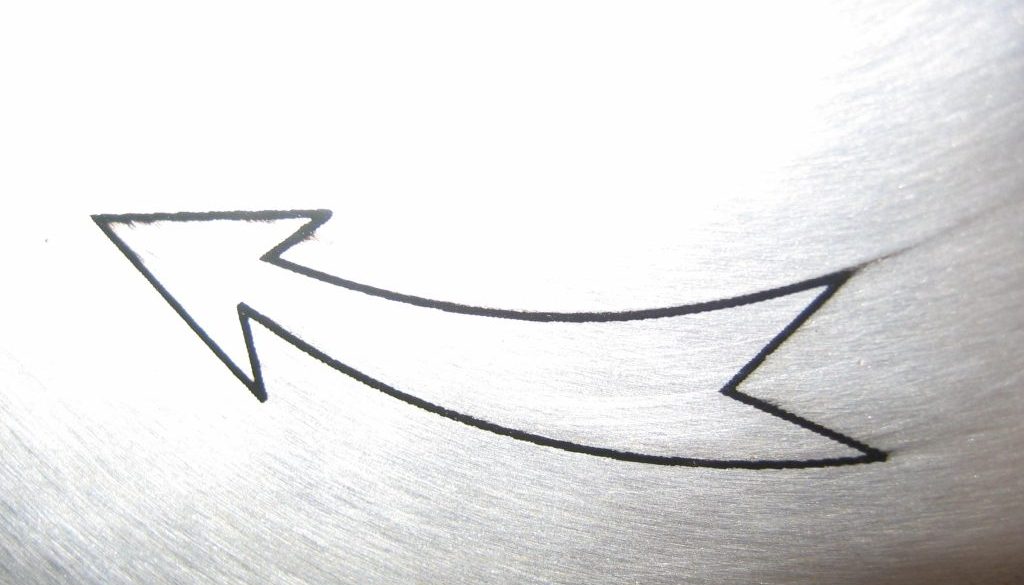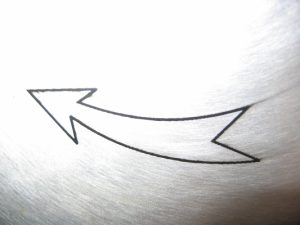Getting to know the different types of reverse auctions can be tricky, however, if you or the supplier aren’t familiar with the process. A reverse Dutch auction is a type of reverse auction where the bidding works a little differently.
The use of reverse auctions in procurement has gained popularity in recent years, particularly because the “old Excel” way of sourcing is tedious. Procuring goods or services could take weeks or months with endless back-and-forth, but in modern times, using the right software for eReverse auctions will streamline procurement processes, saving you time and money.
Read on to learn more about what a reverse auction is, the different types, their specific nuances, and in what situation a reverse Dutch auction could be right for you.
What Reverse Auctions Are Available?
There are several reverse auction types, and they slightly differ from one another. However, each has different qualities that will aid your procurement processes.
- A ranked reverse auction is one of the more popular reverse auctions. During this auction, suppliers bid, but the only supplier to know the current best price is the supplier with the winning bid.
- In an open (English) auction, bidding is completely transparent and all suppliers can see the leading bid. Bidding starts at a high price point, then goes down gradually.
- The buyer sets a price in a Japanese reverse auction, and suppliers can either choose to participate in the auction or drop out. The price lowers gradually, and the auction continues until there is a winning bidder.
- A reverse Dutch auction is slightly different from other reverse auctioning. The buyer announces a list of the product and quantity needed, and the price they can pay. There can be a large supplier pool and more than one supplier can meet the buyer’s needs — albeit at different price points.
A reverse Dutch auction is best used when the goods are in large quantities, such as IPOs— it is not suited well for smaller jobs. There are four important things you should know about a reverse Dutch auction:
1. The Price Starts Low in a Reverse Dutch Auction
The price always begins at a lower point in a Dutch auction. The buyer will name the price and the suppliers have the ability to opt-in or out of the auction at this time.
Suppliers also have multiple options when it comes to bidding. One supplier could fulfill the entire order, or they can sell just a portion of the goods. Thirdly, they can decide not to bid at all.
Additionally, a buyer can set a reserve price to ensure they aren’t undervalued.
2. There Are Many Sellers in the Playing Field
Dutch auctions work best when there is a large number of suppliers and it is a large order. There will be many sellers and suppliers that can meet the buyer’s needs. For example, the U.S. Treasury uses a Dutch auction to sell securities.
Dutch auctions can be a useful tool, but they are truly meant for large quantity needs. Otherwise, they can complicate the supply chain and not be cost-effective.
3. Reverse Dutch Auctions are Quick and Transparent
One thing buyers and suppliers alike appreciate is the speed and transparency of a Dutch auction. Some things to note:
-
-
- The price is public as it increases
- This gives sellers an even playing field
- Bidding goes quickly; a reverse Dutch auction is much faster than a regular reverse auction
If the buyer needs a large quantity of something quickly, a Dutch auction may be a good choice.
4. Disadvantages of Reverse Dutch Auctions
The most important thing to note is that Dutch auctions are not suitable for all eAuctions, only for large quantities. Some disadvantages of reverse Dutch auctions can also include:
- Poor trading relationships can occur because the process is based solely on price.
- There’s no turning back; once a supplier makes a bid and it is accepted, that is final. In a regular reverse auction, sometimes bids and outcomes can be discussed (not as binding).
There are many benefits to reverse Dutch auctions, particularly their speed and efficiency. With the right software that has intuitive features, you can get your team on board to learn Dutch auctions quickly.

If you’re interested in hearing more about eSourcing and eReverse auction software for reverse Dutch auctions or would like to schedule a demo, contact Simfoni eSourcing today at 973-936-9672. We want to help you reimagine the way you think about procurement.
-


